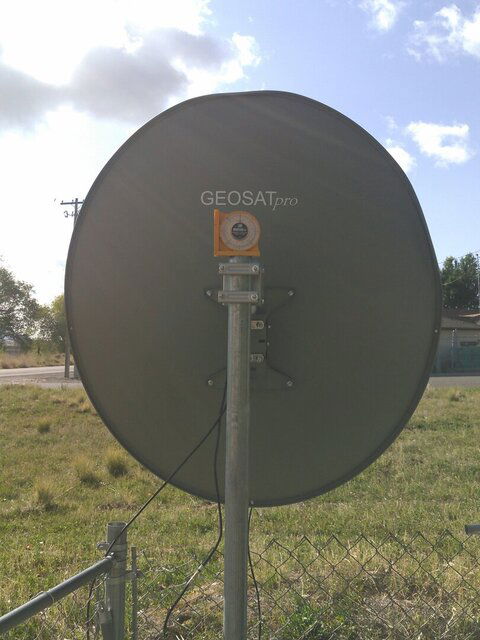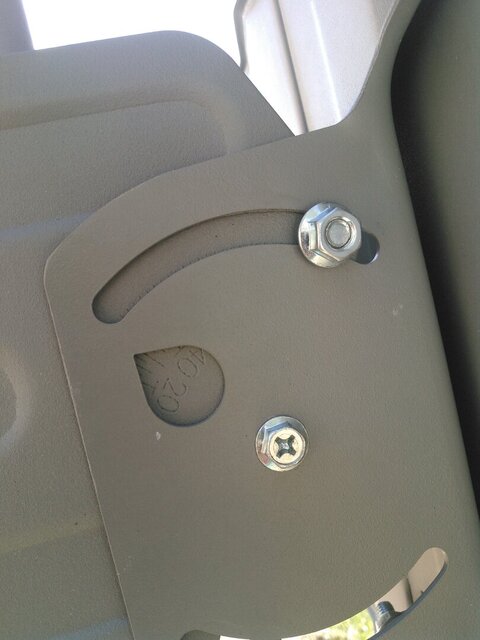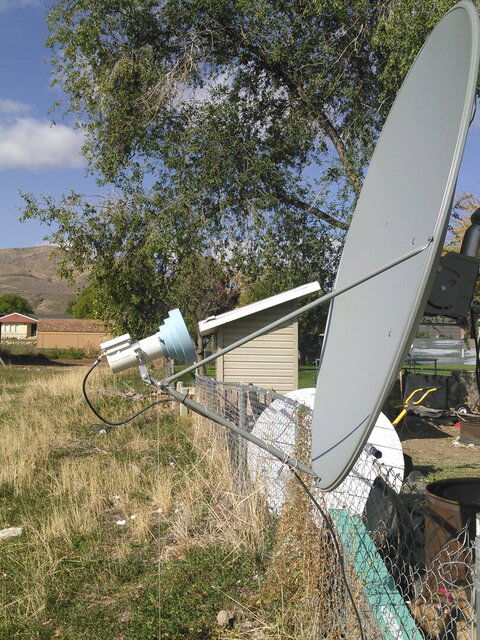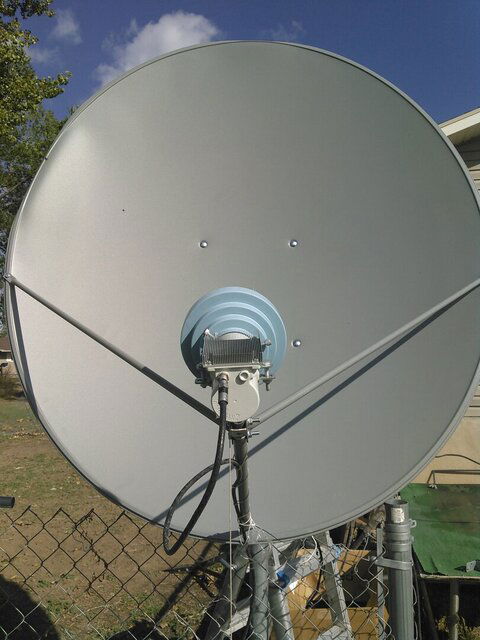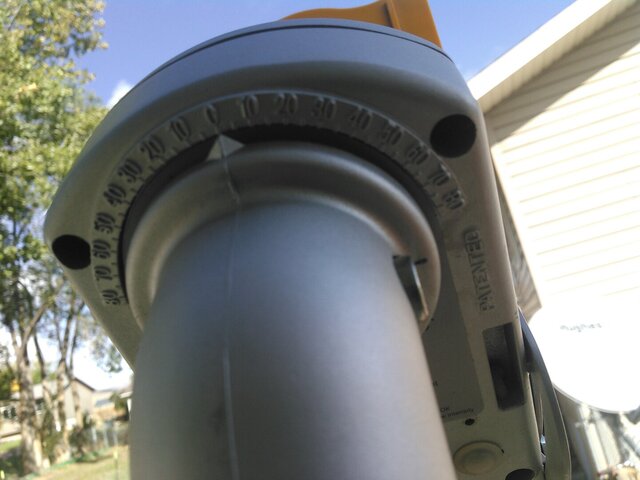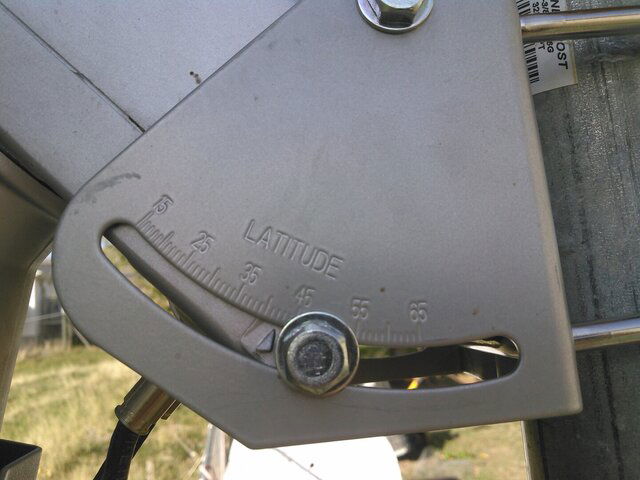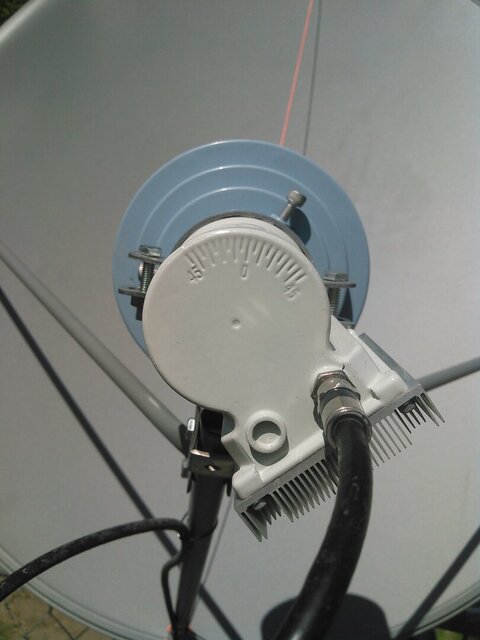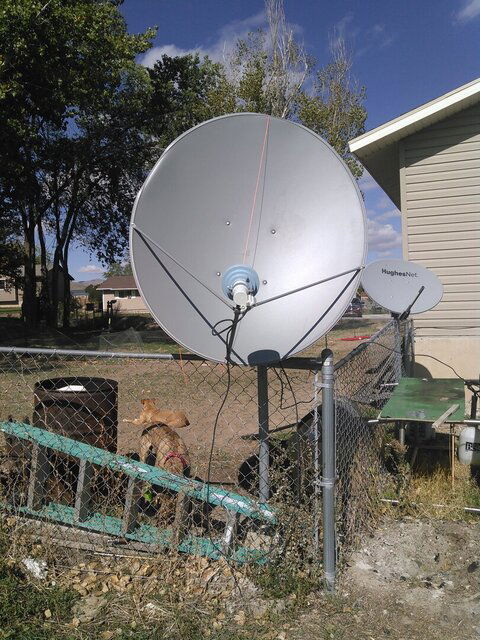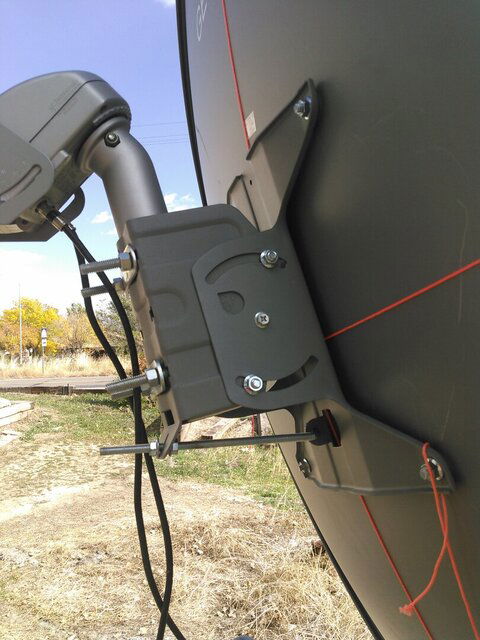I started this project a little while back, but hadn't really been able to delve into it as I'm an OTR trucker. I can not acquire any bird. The pole is plumb, here are the particulars:
Antenna - GeoSatPro 120x135cm Offset dish
LNBF - C-band Titanium C1-PLL with Scaler
Motor - Technomate TM-2300M3
Receiver - X2 Premium IV
Location-
Latitude: 41.6932°
Longitude: -112.2955°
Nearest True South Bird: Eutalsat 113W (A) (aka Satmex 6)
1. Motor set for 42 latitude.
2. Dish elevation was set for 23.5 (no joy), then added 4.5 (per dish assembly instruction) and no joy
I got to be missing something (or somethings) very simple, any help be great appreciated.
~scott
Antenna - GeoSatPro 120x135cm Offset dish
LNBF - C-band Titanium C1-PLL with Scaler
Motor - Technomate TM-2300M3
Receiver - X2 Premium IV
Location-
Latitude: 41.6932°
Longitude: -112.2955°
Nearest True South Bird: Eutalsat 113W (A) (aka Satmex 6)
1. Motor set for 42 latitude.
2. Dish elevation was set for 23.5 (no joy), then added 4.5 (per dish assembly instruction) and no joy
I got to be missing something (or somethings) very simple, any help be great appreciated.
~scott


